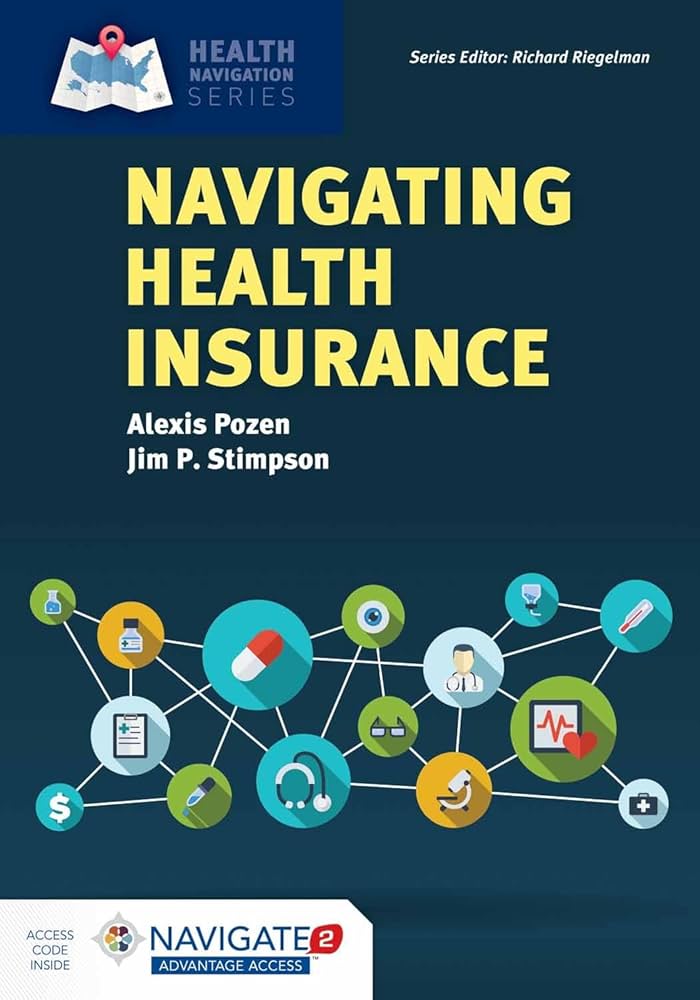Finding the right health insurance can be a daunting task, especially with the myriad of options available in the health insurance marketplace. Navigating the Health Whether you’re a first-time buyer or looking to switch plans, understanding how to navigate the marketplace is essential for securing the best coverage for your needs. In this blog, we’ll provide a comprehensive guide to help you navigate the health insurance marketplace effectively.
What is the Health Insurance Marketplace?
The Health Insurance Marketplace, also known as the Exchange, is a platform where individuals and families can compare and purchase health insurance plans. Established under the Affordable Care Act (ACA), the marketplace aims to provide a transparent and accessible way for consumers to find affordable health coverage.
FOR FUTURE : Navigating the Health
Key Steps to Navigate the Health Insurance Marketplace
1. Understand the Enrollment Periods
The health insurance marketplace has specific enrollment periods during which you can sign up for coverage. These include:
- Open Enrollment Period: This is the annual period when anyone can enroll in a health insurance plan. For 2023, the open enrollment period typically runs from November 1 to December 15.
- Special Enrollment Period: If you experience qualifying life events (e.g., marriage, birth of a child, loss of other coverage), you may qualify for a special enrollment period, allowing you to enroll outside the open enrollment window.
2. Assess Your Healthcare Needs
Before diving into the marketplace, take some time to assess your healthcare needs. Consider the following:
- Frequency of Doctor Visits: How often do you visit healthcare providers?
- Current Medications: Do you take any prescription medications that require coverage?
- Preferred Providers: Are there specific doctors or hospitals you want to continue using?
Understanding your healthcare needs will help you choose a plan that provides adequate coverage.
3. Compare Available Plans
Once you’re familiar with your needs, it’s time to explore the plans available in the marketplace. Here are some key factors to consider when comparing plans:
- Premiums: This is the monthly cost of your health insurance plan. Look for a premium that fits your budget.
- Deductibles: The deductible is the amount you must pay out-of-pocket before your insurance starts covering costs. Lower deductibles often come with higher premiums.
- Copayments and Coinsurance: Understand the costs associated with doctor visits, specialist consultations, and hospital stays. Copayments are fixed amounts you pay for services, while coinsurance is a percentage of the costs you share with your insurer.
- Network: Check if your preferred healthcare providers are in-network. In-network providers typically offer lower costs compared to out-of-network providers.
4. Utilize Online Tools and Resources
The Health Insurance Marketplace website offers various tools and resources to help you make informed decisions. Use the following features:
- Plan Comparison Tool: This tool allows you to compare different plans side by side based on premiums, deductibles, and coverage options.
- Subsidy Calculator: If you qualify for financial assistance, the subsidy calculator can help you estimate your potential savings based on your income and household size.
5. Seek Assistance if Needed
Navigating the health insurance marketplace can be complex, and it’s okay to seek help. Consider the following resources:
- Navigators: These are trained professionals who can provide free assistance in understanding your options and completing your application.
- Insurance Agents: Licensed insurance agents can help you find the right plan and guide you through the enrollment process.
6. Enroll in Your Chosen Plan
Once you’ve selected a plan, it’s time to enroll. Make sure to have the following information ready:
- Personal Information: This includes your name, address, and Social Security number.
- Income Information: Be prepared to provide details about your household income to determine eligibility for subsidies.
- Healthcare Needs: Have a list of your preferred doctors and medications handy.
7. Review Your Coverage Annually
After enrolling, it’s essential to review your health insurance coverage annually. Changes in your health, income, or family situation may require you to adjust your plan. During the open enrollment period, take the time to reassess your needs and explore new options.
Conclusion
Navigating the health insurance marketplace doesn’t have to be overwhelming. By understanding the enrollment periods, assessing your healthcare needs, comparing plans, and utilizing available resources, you can make informed decisions about your health coverage. Remember, health insurance is an essential investment in your well-being, so take the time to find a plan that meets your needs and budget.
